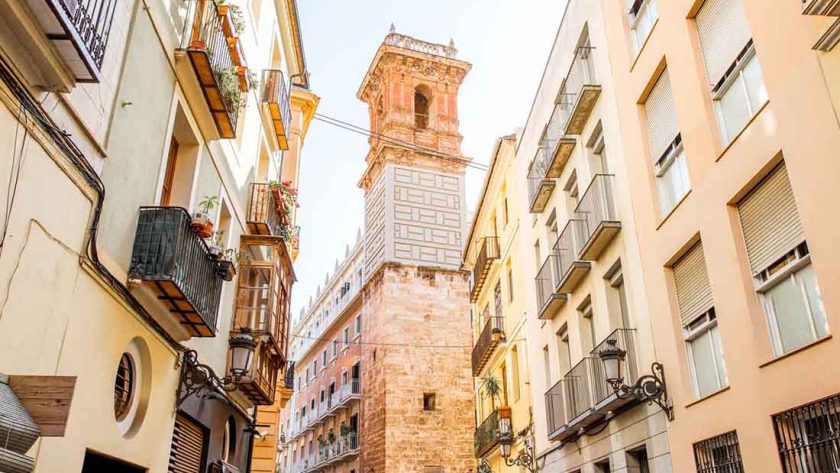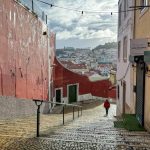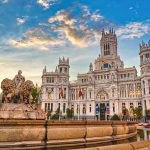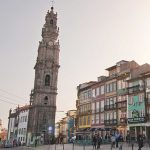Valencia, Spain’s radiant coastal city, is a destination that thrives on contrasts and surprises. While it is the birthplace of paella and home to some of the most futuristic architecture in Europe, it also preserves a deep sense of tradition, culture, and history. For many travelers, Valencia is often overshadowed by Barcelona and Madrid, but those who venture here quickly realize that this city offers an intoxicating mix of old-world charm, natural beauty, and cutting-edge innovation.
Whether you’re drawn to Gothic cathedrals, modernist architecture, golden beaches, or bustling markets, Valencia rewards curiosity. To truly discover the essence of the city, it helps to explore its neighborhoods, dive into its unique cultural traditions, and uncover the many attractions that make Valencia stand out as one of Europe’s most inspiring urban escapes.
A Blend of History and Modernity
One of Valencia’s greatest charms is the seamless way it merges the past with the present. The Ciutat Vella (Old Town) is a labyrinth of narrow medieval streets filled with historical landmarks, while just a few kilometers away, the City of Arts and Sciences showcases sleek, space-age architecture designed by Santiago Calatrava and Félix Candela. This dual identity makes Valencia feel like two cities in one: an ancient Mediterranean hub with centuries of history, and a forward-looking metropolis embracing innovation and creativity.
The historic center, anchored by Valencia Cathedral, tells the story of a city that has been influenced by Romans, Visigoths, Moors, and Christians. Every façade and stone archway reveals a different chapter of Valencia’s past. Then, as you step into neighborhoods like Ruzafa or head toward the Turia Gardens, you are greeted with trendy cafés, modern street art, and spaces that reflect Valencia’s vibrant contemporary culture.
Valencia Cathedral and the Holy Grail Legend
A must-visit site in the Old Town is the Valencia Cathedral, a Gothic masterpiece with touches of Baroque and Romanesque styles. It is perhaps most famous for housing what is believed by many to be the Holy Grail, the chalice used by Jesus during the Last Supper. Pilgrims and curious travelers alike are drawn to the cathedral’s Chapel of the Holy Grail, where the relic is displayed.
Climb the cathedral’s Miguelete Tower for panoramic views of the city, stretching from the medieval rooftops of the Old Town to the shimmering waters of the Mediterranean. The effort of climbing its spiral staircase is more than rewarded by the breathtaking cityscape.
The Silk Exchange: La Lonja de la Seda
Valencia’s importance as a trading hub during the late Middle Ages is best illustrated by the La Lonja de la Seda (Silk Exchange), a UNESCO World Heritage Site. Built in the 15th century, this Gothic gem represents Valencia’s golden age as one of Europe’s most important mercantile centers.
The Columned Hall, with its twisted pillars resembling palm trees, creates an atmosphere of grandeur and prosperity. This space once hosted merchants who came from across the Mediterranean to negotiate deals. Even today, La Lonja remains a symbol of Valencia’s historic role as a crossroads of culture and commerce.
Turia Gardens: A Green Ribbon Through the City
One of the most unique features of Valencia is the Turia Gardens (Jardín del Turia), an extraordinary urban park created on the former riverbed of the Turia River. After a devastating flood in 1957, the river was diverted, and instead of paving over the old bed, city planners transformed it into a lush green park that winds for nearly nine kilometers through the city.
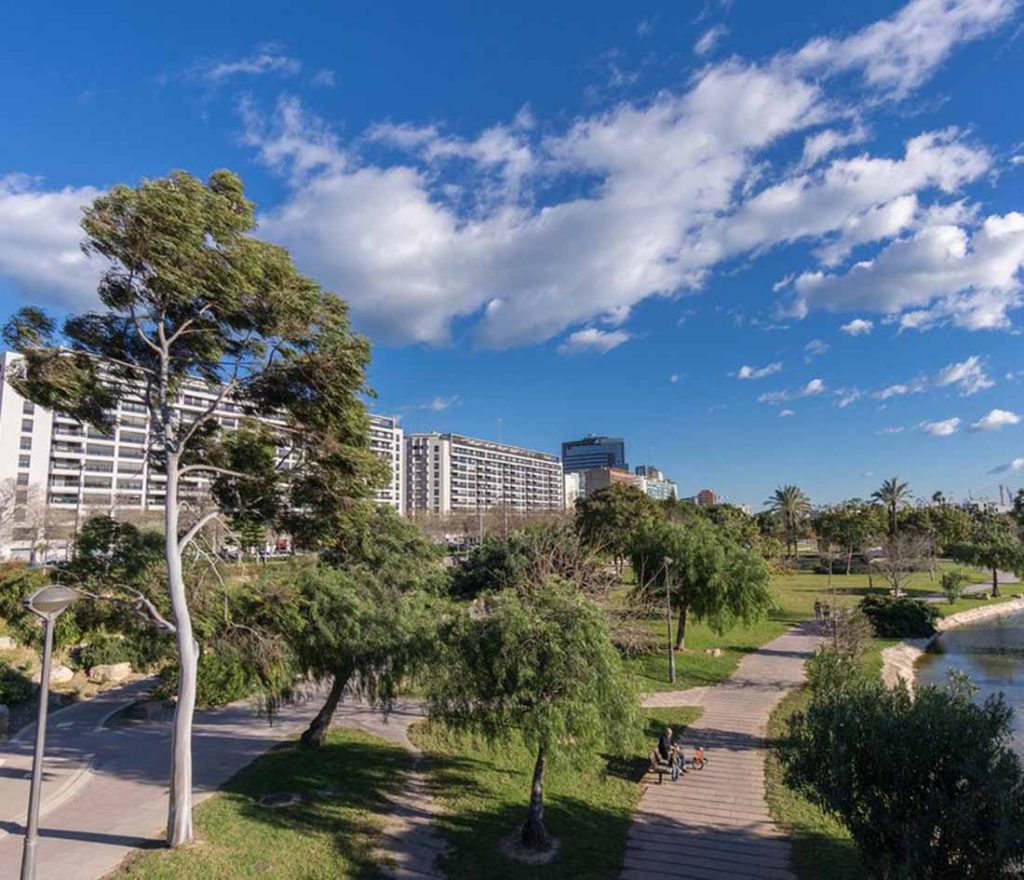
Turia Gardens is more than just a park—it is a lifeline for residents and visitors alike. Here you can jog, cycle, enjoy picnics, or simply relax under the shade of palm and orange trees. Families love the playgrounds, while architecture enthusiasts marvel at the many bridges that cross the park, each representing different eras and styles.
The gardens also link several of Valencia’s major attractions, including the City of Arts and Sciences, making it both a scenic and practical route for exploring the city.
City of Arts and Sciences: A Vision of the Future
No trip to Valencia is complete without experiencing the City of Arts and Sciences (Ciudad de las Artes y las Ciencias). This sprawling complex of futuristic structures has become one of the city’s most iconic landmarks. Designed by Valencian architect Santiago Calatrava, the buildings resemble everything from fish skeletons to giant eyes and spaceships.
Highlights include:
- L’Hemisfèric, which resembles a giant eye and houses an IMAX cinema and planetarium.
- Museo de las Ciencias Príncipe Felipe, an interactive science museum where learning feels like play.
- L’Oceanogràfic, the largest aquarium in Europe, home to marine life from every corner of the planet.
- Palau de les Arts Reina Sofía, an opera house that looks like a futuristic helmet.
Walking through the complex feels like stepping into a science fiction film. The reflecting pools surrounding the buildings only enhance the dreamlike atmosphere, especially at sunset when the structures glow with golden light.
The Central Market: A Feast for the Senses
To understand Valencia’s culinary soul, a visit to the Central Market (Mercado Central) is essential. Housed in a modernist building topped with a colorful tiled dome, this is one of the largest fresh produce markets in Europe. Over 1,000 stalls sell everything from seafood and meats to fruits, vegetables, and spices.
Here, you’ll find the freshest ingredients for paella, Valencia’s most famous dish. Vendors proudly display saffron, rice varieties, and freshly caught seafood—reminders of how closely Valencia’s cuisine is tied to its land and sea.
Even if you’re not shopping for ingredients, simply wandering through the aisles is a delight for the senses. The vibrant colors, fragrant aromas, and lively atmosphere make this market an unforgettable cultural experience.
Valencia’s Beaches: Sun, Sand, and the Sea
Beyond its cultural treasures, Valencia also offers some of the most inviting beaches along Spain’s Mediterranean coast. Just minutes from the city center, you can bask in the sun or enjoy water sports along the wide, sandy shores.
- Playa de la Malvarrosa is the most famous city beach, with golden sand, palm trees, and a lively promenade lined with restaurants serving fresh seafood and paella.
- Playa de la Patacona, slightly quieter, is a favorite among locals and perfect for a more laid-back beach day.
- For those seeking a more natural escape, the Albufera Natural Park, located just south of the city, offers a mix of beaches, rice fields, and lagoons, making it an excellent destination for a day trip.
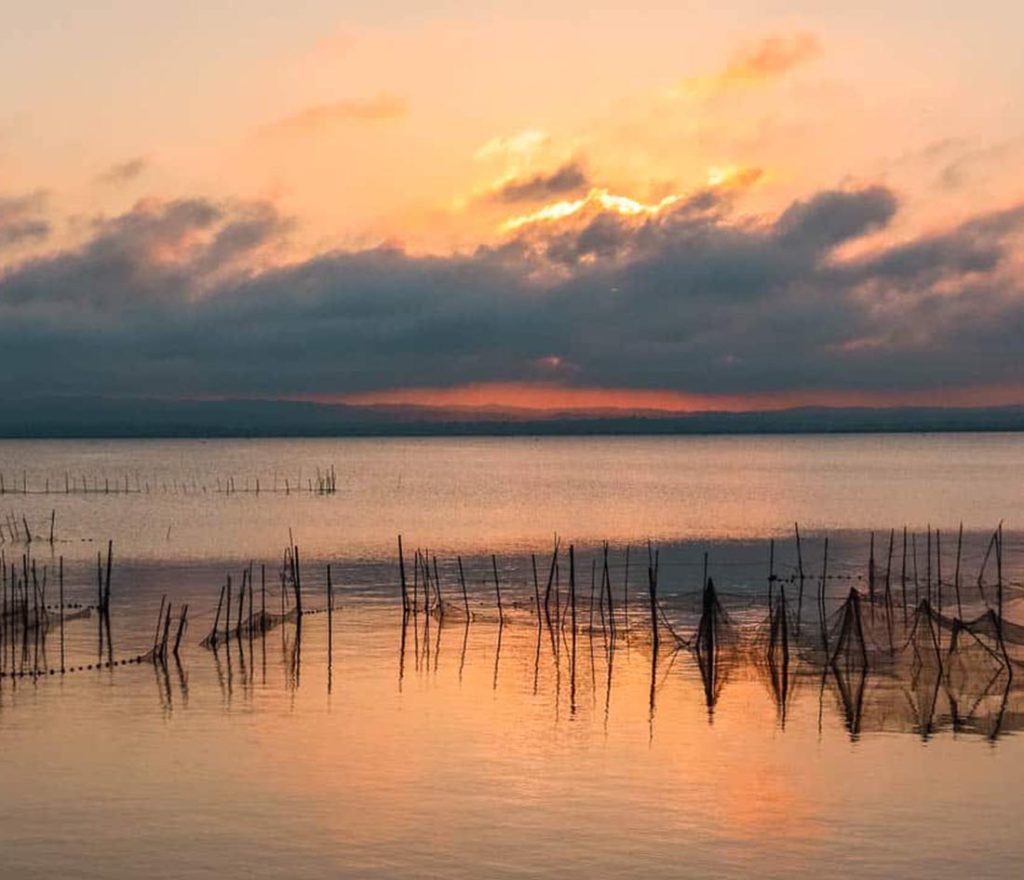
The combination of urban culture and seaside relaxation is one of Valencia’s greatest appeals. You can spend the morning exploring Gothic architecture and the afternoon dipping your toes in the Mediterranean.
Ruzafa: Valencia’s Trendiest Neighborhood
For a taste of Valencia’s modern creative spirit, head to Ruzafa, a vibrant neighborhood filled with art galleries, vintage shops, and eclectic eateries. Once a working-class district, Ruzafa has reinvented itself as a hub of creativity and nightlife.
Colorful murals adorn its streets, while its many bars and cafés attract both locals and travelers. The neighborhood is especially lively in the evenings, when outdoor terraces fill with people enjoying tapas and cocktails. Ruzafa’s energy and diversity reflect Valencia’s reputation as a city that celebrates both tradition and innovation.
Fallas Festival: Fire, Art, and Tradition
While Valencia is captivating year-round, its most famous celebration is the Fallas Festival, held every spring. During this UNESCO-recognized cultural event, the city is filled with enormous sculptures—satirical, colorful, and often humorous—that are paraded through the streets.
The highlight comes when these sculptures, called fallas, are set ablaze in a spectacular bonfire known as La Cremà. The festival combines artistry, tradition, and sheer spectacle, offering travelers an unforgettable glimpse into Valencia’s cultural identity.
Even outside of festival season, you can learn about this tradition at the Fallas Museum, where some of the preserved sculptures are displayed.
Gastronomic Highlights Beyond Paella
Valencia is rightly celebrated as the birthplace of paella, but its culinary landscape goes far beyond this iconic dish. Traditional versions such as Paella Valenciana, made with rabbit, chicken, and beans, offer a taste of authenticity, but you’ll also find seafood variations and modern twists on the classic.
Other local delicacies worth trying include:
- Horchata de Chufa, a refreshing tiger nut drink, often paired with fartons, sweet pastries perfect for dipping.
- Esgarraet, a salad of roasted peppers, salted cod, and olive oil.
- Fresh seafood tapas, reflecting the city’s coastal location.
Food is central to Valencia’s culture, and dining here is not just about eating—it’s about experiencing community and tradition.
Practical Travel Tips
- Getting Around: Valencia is a walkable city, but its efficient metro and bus systems make exploring easy. Cycling is also popular, especially through the Turia Gardens.
- Cultural Etiquette: Meals in Valencia often follow the traditional Spanish rhythm, with lunch being the main meal of the day and dinner served later in the evening.
- Language: While Spanish is widely spoken, Valencian (a regional variety of Catalan) is also part of the city’s identity. English is understood in tourist areas.
Why Valencia Belongs on Your Travel List
Valencia is more than a destination—it is an experience that blends history, culture, innovation, and natural beauty in a way few other cities can. Its Gothic cathedrals and medieval landmarks remind travelers of its storied past, while its futuristic architecture and vibrant neighborhoods reveal a city constantly reinventing itself. Add in golden beaches, world-class cuisine, and warm Mediterranean hospitality, and Valencia emerges as a city that appeals to every kind of traveler.
Whether you’re savoring paella in a seaside restaurant, wandering through centuries-old markets, or gazing in awe at the City of Arts and Sciences, Valencia invites you to slow down, look closer, and discover its unique charm. It is a city that surprises, inspires, and lingers in memory long after the journey ends.
